
MLB Trade Deadline Showdown: Why Starting Pitchers Could Cost Teams Their Season—and Millions
Picture this: with the July 31 MLB trade deadline looming large, everyone’s got their eyes locked on starting pitching — the true crown jewel this season. No surprise here; when midseason trades roll around, dependable starters hold more clout than ever. But, this year’s ride ain’t gonna be a smooth one. Unlike some past deadlines that featured flashy aces ready to switch uniforms, this July feels a bit like a treasure hunt with fewer gems to find. Gone are the days when teams like the White Sox dangled top-tier arms like Garrett Crochet. Now? That elite echelon of starters is either healthy but off-limits or sidelined — with maybe Jacob deGrom dangling on the shelf but carrying a price tag that scares away all but the boldest pursuers.
Instead, what you’ll mostly see are solid, middle-to-late rotation hurlers like Andrew Heaney, Zach Eflin, Merrill Kelly, and Tyler Mahle hitting the market. These guys, all slated for free agency after 2025, will spark intense bidding wars among teams craving pitching reinforcements. Meanwhile, some premium pitchers who could feasibly hit the trade block — Framber Valdez, Ranger Suárez, Michael King — are glued to playoff-bound clubs, making the already thin pitching market even leaner. And here’s the kicker: a lot of arms up for grabs come wrapped in a cloud of uncertainty. Dominant? Rarely. Playoff-tested? Even rarer. Take Sandy Alcántara and Zac Gallen — names expected to headline trade chatter. Yet, their first-half form barely whispers Cy Young potential, leaving teams to gamble on a midseason renaissance or prolonged struggles.
Add the pack of contenders who all desperately need pitching — from the Dodgers battling injuries to the Padres in search of depth — and the race for starting pitching turns into a high-stakes poker game. Don’t forget, nearly two-thirds of MLB teams smell a postseason berth, further heating the market. This scarcity turns sellers into kings, wielding power and demanding premium returns. But, some teams may straddle the fence, hoping to both sell and buy, like the Tigers pulled off last year. As the clock ticks, clubs hover on the edge — one bad stretch could flip buyers into sellers almost overnight. The Diamondbacks are a prime example; battling injuries and hovering near .500 in the NL West, they face the tough choice of moving prized arms like Kelly, Gallen, and Eduardo Rodriguez and capitalizing on a rich trade market rather than chasing fading glory in 2024.
This deadline’s shaping up to be a chess match — complex, uncertain, and thrilling — where starting pitching is the hottest, scarcest asset in town.
LEARN MORE
It’s no secret that the most precious commodity at this year‘s trade deadline will be starting pitching. When it comes to midseason additions, as is the case in the offseason, reliable starters are extremely valuable. But there are a few factors that could make acquiring starting pitching ahead of the July 31 MLB trade deadline a little more challenging than in other years.
The most important caveat for this year’s deadline is that there is no true ace considered to be available. Unlike last season, when the White Sox were actively shopping Garrett Crochet, this time around, there is no frontline, All-Star-level arm on the market. Across the league, that caliber of pitcher is either not available or not healthy. Some might argue that Rangers right-hander Jacob deGrom meets this criteria, but he comes with a price that would turn many teams off.
Advertisement
This season, there are more middle-to-back of the rotation arms available. Pitchers such as Pirates left-hander Andrew Heaney, Orioles righty Zach Eflin, D-backs right-hander Merrill Kelly and Rangers righty Tyler Mahle are the type of arms expected to be available and highly sought after. If moved, those four would all be rentals before they become free agents at the conclusion of the 2025 season.
Several other notable pitchers who are set to become free agents and therefore could be candidates to be traded, such as Astros left-hander Framber Valdez, Phillies southpaw Ranger Suárez and Padres right-hander Michael King, are on contending teams and are important pieces of their teams’ playoff hopes. That trend across the league further shrinks this summer’s pitching market.
And of the starters who are expected to be available this summer, many come with questions or risks. There aren’t many arms you can point to that have been particularly dominant, and there are even fewer that a contender would want starting a playoff game.
Advertisement
Even Sandy Alcántara and Zac Gallen, who were supposed to be among the biggest names available at this year’s deadline, have not delivered Cy Young-caliber performances in the first half. While it’s entirely possible either of them could return to All-Star form with a new club and give that team an ace for the stretch run, it seems just as likely that they continue to struggle through the second half.
Competition for starting pitching inevitably drives up the price for the best players available at the deadline. That will be particularly true this season, when most of the contenders could use pitching. Recent June swoons for the Chicago Cubs and New York Mets have emphasized their pitching needs. The Los Angeles Dodgers, despite many moves in the offseason, have once again seen their rotation decimated by injuries, and the San Diego Padres could also use additional pitching depth.
What’s more, the competition for pitching isn’t exclusive to the teams at the top of the standings. There are currently nine teams within four games of a playoff spot, in addition to the six teams holding wild cards. Add the six division leaders, and that’s two-thirds of the teams in baseball with reason to believe in their chances to reach the postseason.
Advertisement
If most teams consider themselves buyers, that puts the sellers in an extremely advantageous position and raises the prices even higher, particularly when it comes to starting pitching. But in the era of the third wild card, some will wait longer than ever to decide which lane to take. Some, like the Detroit Tigers last season, might even try to thread the needle and think short- and long-term by selling and buying at the same time.
As we get closer to the trade deadline, a few of the nine teams currently within reach of a wild card will likely fall back to Earth and join the ranks of the sellers. One that could get there sooner rather than later is the Diamondbacks. Arizona has dealt with numerous injuries this season, and with them competing in the NL West and hovering around .500 as we reach the end of June, it doesn’t appear as if a postseason berth is in their future. Kelly, Gallen and left-hander Eduardo Rodriguez are likely going to be available and discussed by teams.
As disappointing as it will be to give up on the team’s chances in 2024, the D-backs, with their three movable starting pitchers, would be wise to take advantage of a very lucrative trade market for the sellers.







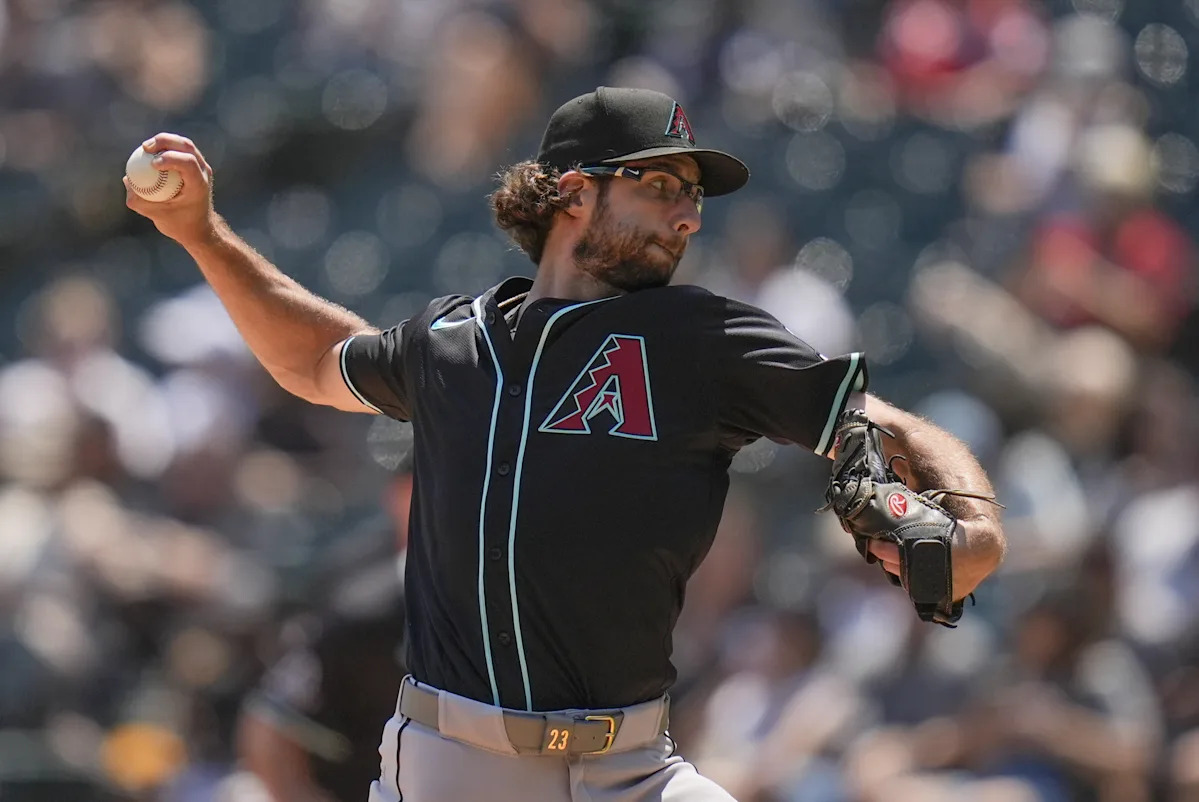
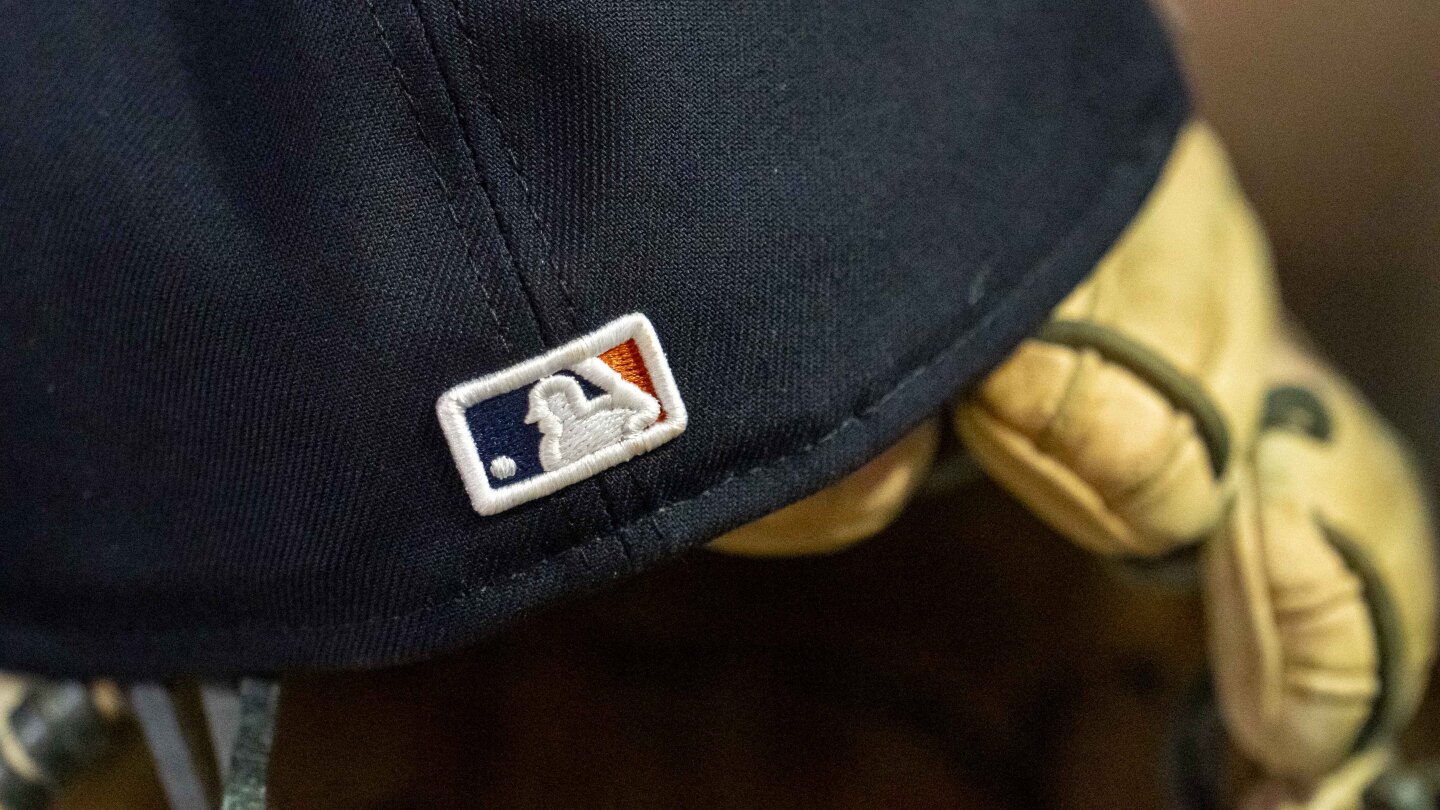
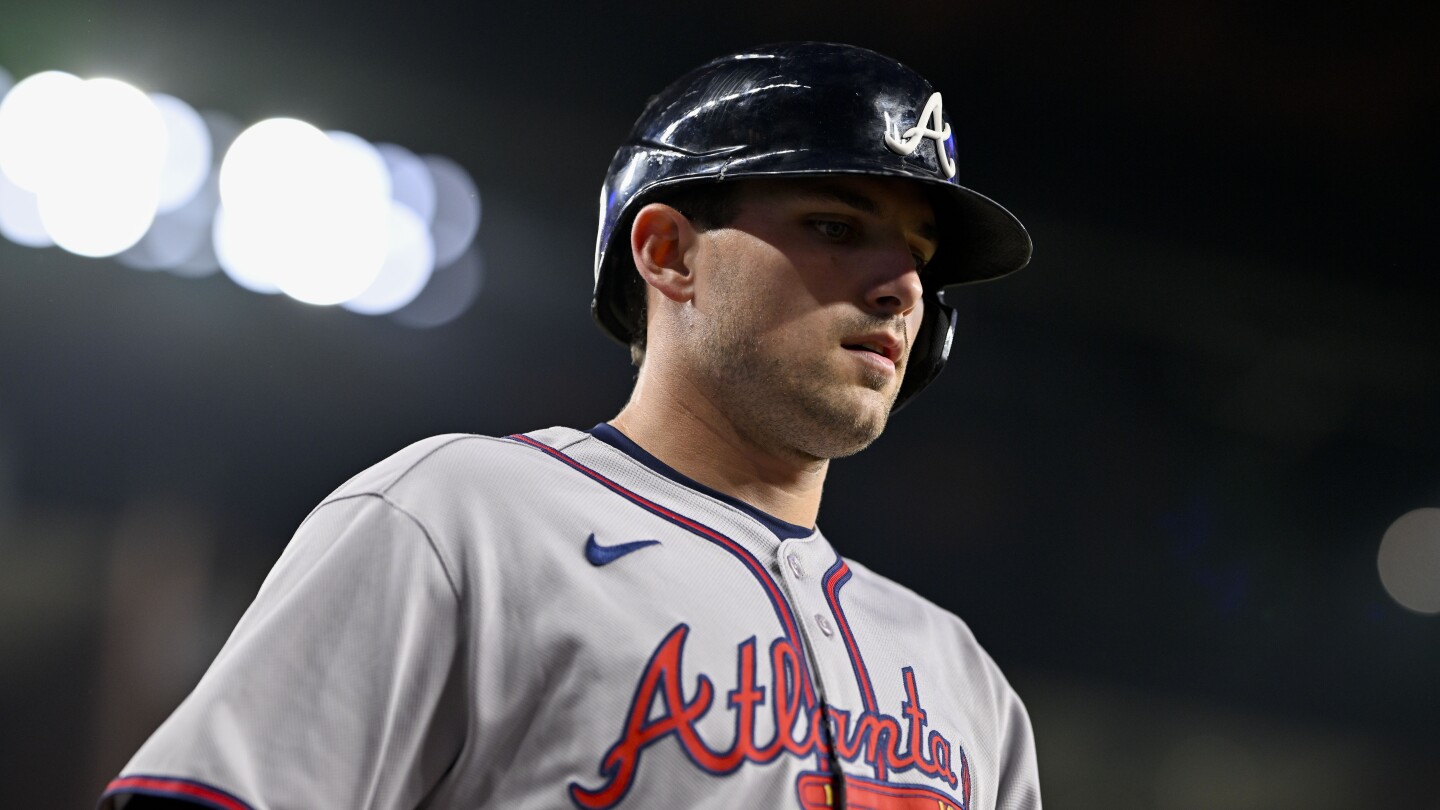
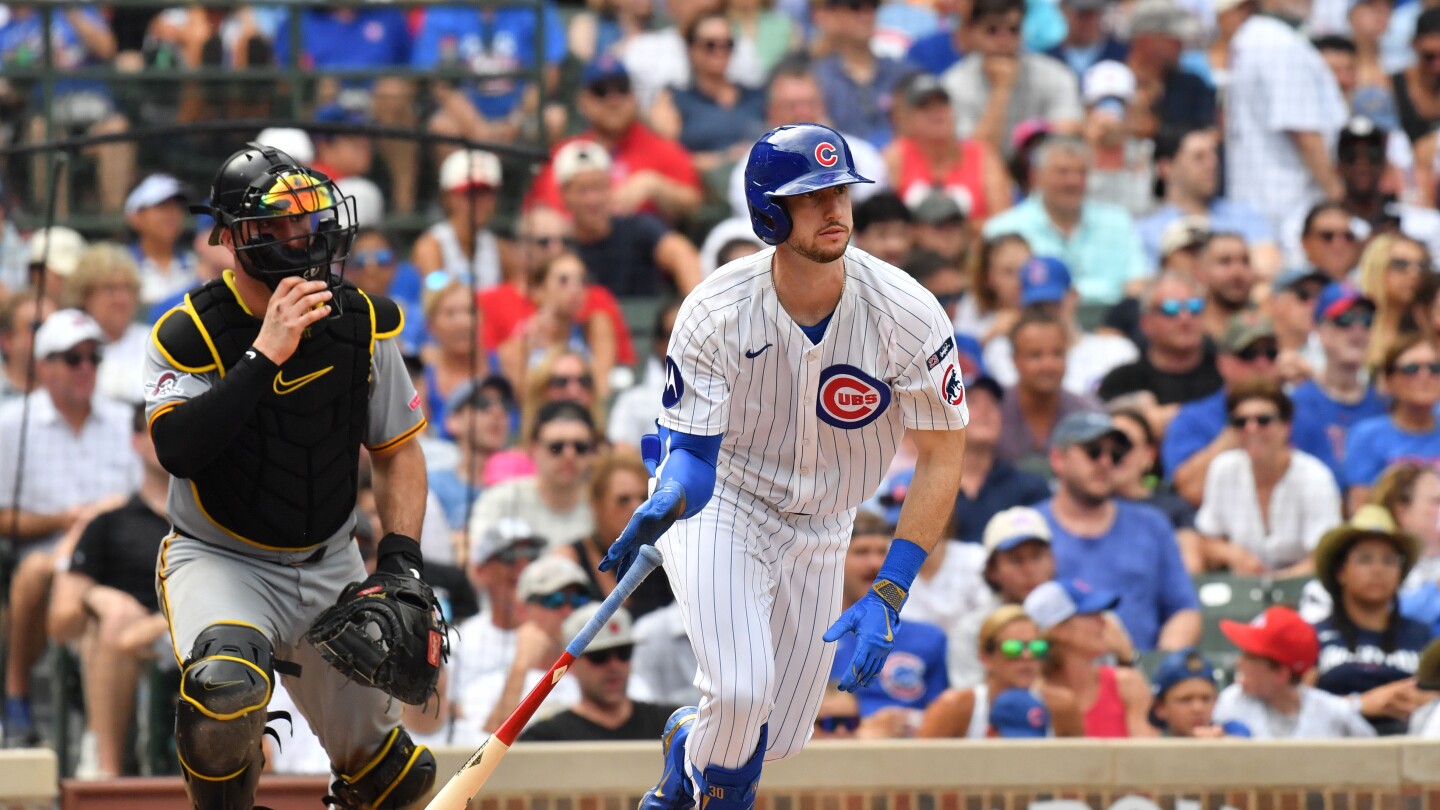


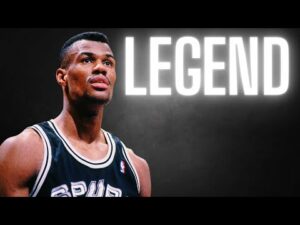
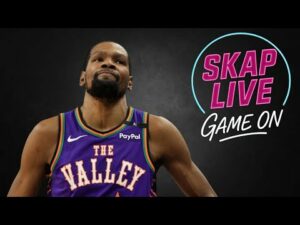



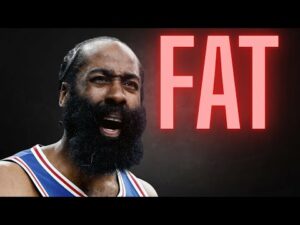
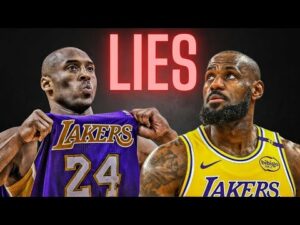
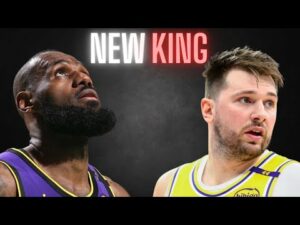


Post Comment